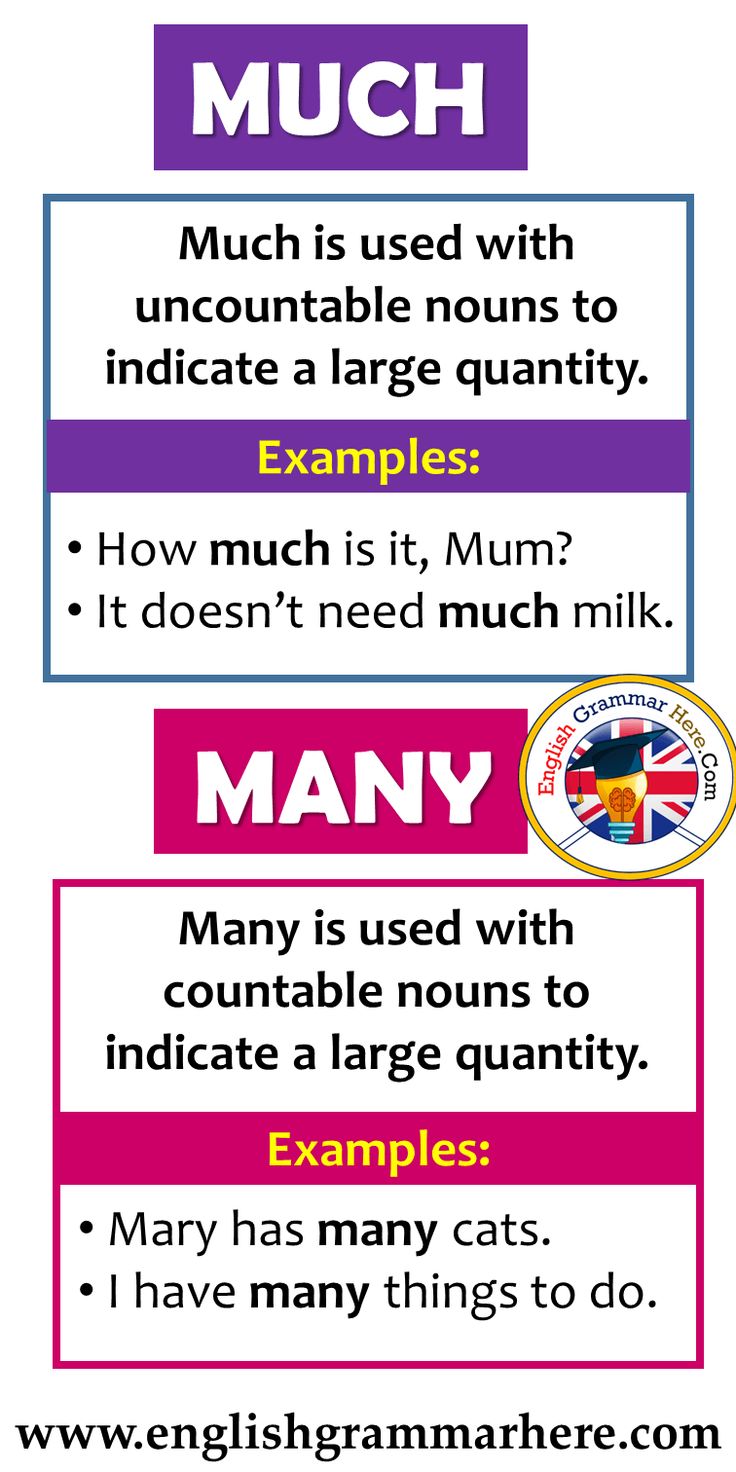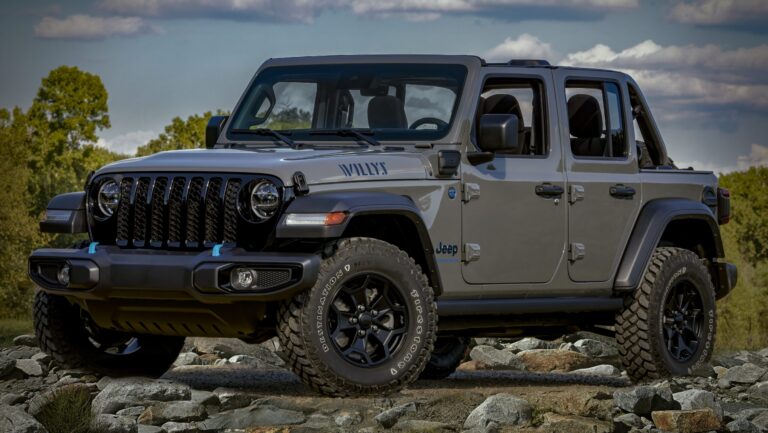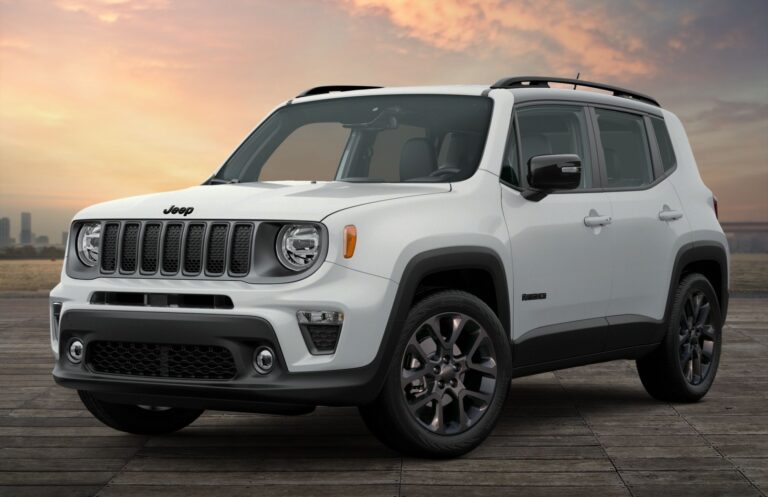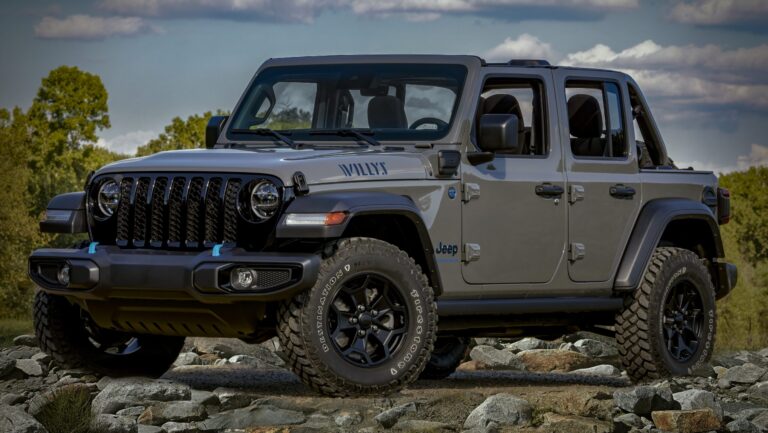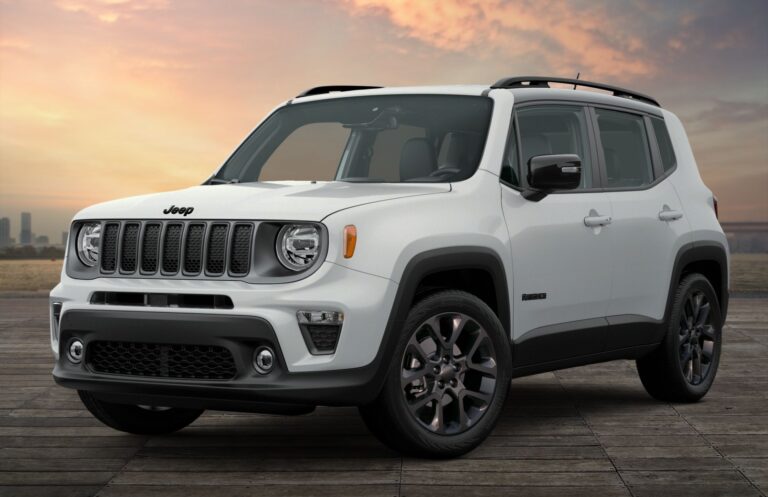1985 CJ7 Jeep For Sale: Your Ultimate Guide to Finding and Owning an American Icon
1985 CJ7 Jeep For Sale: Your Ultimate Guide to Finding and Owning an American Icon jeeps.truckstrend.com
The year 1985 marks a significant chapter in the storied history of the Jeep CJ series, representing the penultimate full production year for the beloved CJ7 before the transition to the Wrangler (YJ) in 1987. For enthusiasts, collectors, and adventurers alike, finding a "1985 CJ7 Jeep For Sale" isn’t just about acquiring a vehicle; it’s about investing in a piece of American automotive heritage, a rugged symbol of freedom, and an open-air invitation to explore. This iconic 4×4, known for its timeless design, robust construction, and unparalleled off-road prowess, continues to captivate hearts decades after its production ceased. Its appeal lies in its simplicity, its mechanical accessibility, and its incredible potential for customization, making each CJ7 a unique canvas for its owner’s vision.
This comprehensive guide aims to arm you with the knowledge needed to navigate the market for a 1985 CJ7, from understanding its enduring appeal to the critical inspection points, types available, and what to expect during ownership.
1985 CJ7 Jeep For Sale: Your Ultimate Guide to Finding and Owning an American Icon
The Enduring Appeal of the 1985 CJ7: A Legacy of Adventure
The Jeep CJ7 (Civilian Jeep, 7th generation) stands as a pivotal model in the lineage of the original Willys MB. Introduced in 1976, it distinguished itself from its shorter CJ5 sibling with a 10-inch longer wheelbase, offering improved ride quality and stability without sacrificing its legendary off-road capabilities. By 1985, the CJ7 had matured into a highly refined and desirable vehicle, embodying the quintessential Jeep spirit.
What makes the 1985 CJ7 so special?
- Iconic Design: Its classic round headlights, flat fenders, and removable doors define the archetypal Jeep silhouette, instantly recognizable and universally admired.
- Open-Air Freedom: The removable soft top or hardtop, coupled with a fold-down windshield, offers an immersive driving experience, connecting occupants directly with the environment.
- Rugged Simplicity: Built on a robust ladder frame with solid axles and leaf spring suspension, the CJ7 is mechanically straightforward, making it relatively easy to maintain, repair, and modify.
- Versatile Powertrains: While various engines were offered throughout its run, the 1985 models commonly featured the durable 2.5L AMC 150 I4 or the torque-rich 4.2L (258 ci) AMC 258 I6 engine, paired with manual or automatic transmissions, and the venerable Dana 300 transfer case for reliable 4×4 engagement.
- Collector’s Status: As the last of the "true" CJs (many purists argue), the 1985 model year holds a special place in the collector’s market, appreciating in value when well-maintained or restored.

Whether you’re planning weekend trail rides, cruising to the beach, or simply enjoying a unique piece of automotive history, the 1985 CJ7 delivers an experience that modern vehicles simply cannot replicate.
What to Look For When Buying a 1985 CJ7: A Pre-Purchase Checklist
Acquiring a vintage vehicle like a 1985 CJ7 requires a keen eye and a methodical approach. Decades of exposure to the elements, various owners, and potential modifications mean that condition can vary wildly. Here’s a critical checklist for your pre-purchase inspection:

- Frame Rust (The #1 Priority): This is the most critical area. Thoroughly inspect the frame, especially around the body mounts, skid plate mounts, spring perches, and the rear cross member. Excessive rust, particularly rot, can be a deal-breaker as repairs are extensive and costly. Look for patched areas, which can hide deeper issues.
- Body Rust: While easier to repair than frame rust, body rust can still be significant. Common areas include floorboards (especially under the pedals and seats), rocker panels, wheel wells, the tailgate, and the lower sections of the fenders. Check under the carpet and lift any floor mats.
- Drivetrain Health:
- Engine: Check for excessive oil leaks, unusual noises (knocks, ticks, hisses), exhaust smoke (blue, white, black), and general signs of neglect. A compression test is highly recommended.
- Transmission: Test all gears in both manual and automatic transmissions. Listen for grinding, slipping, or delayed engagement. Check for fluid leaks.
- Transfer Case: Engage 2WD, 4-High, and 4-Low. Ensure smooth engagement and no strange noises.
- Axles: Check for fluid leaks at the differentials and listen for howling or clunking noises, which could indicate worn gears or bearings.

- Suspension and Steering: Inspect leaf springs for cracks or sagging. Look for worn bushings, ball joints, tie rods, and steering box play. A loose steering box can be a common issue.
- Brakes: Check the condition of lines, calipers/wheel cylinders, and rotors/drums. Ensure the pedal feels firm and consistent.
- Electrical System: Due to age and common modifications, electrical issues can arise. Test all lights, gauges, wipers, heater, and the radio. Look for frayed wires or amateur wiring jobs.
- Tires and Wheels: Assess tire age and tread depth. Check for proper lug nuts and signs of wheel damage.
- Modifications: Many CJ7s have been modified. Evaluate the quality of any aftermarket parts (lift kits, engine swaps, custom bumpers). Are they installed correctly and safely? Do they align with your intended use?
- Paperwork: Ensure the seller has a clean title in their name. Ask for any maintenance records, which can provide valuable insight into the vehicle’s history.
When in doubt, always arrange for a pre-purchase inspection (PPI) by a reputable mechanic familiar with vintage Jeeps. This small investment can save you thousands down the line.
Types of 1985 CJ7s on the Market: Finding Your Perfect Match
The market for 1985 CJ7s is diverse, reflecting the varied lives these vehicles have led. Understanding these categories will help you set realistic expectations for condition, price, and required work.
- "Barn Find" / Project Jeeps: These are typically the most affordable but require the most extensive work. They often come with significant rust, non-running engines, or major mechanical issues. Ideal for experienced mechanics or those looking for a long-term restoration project.
- Fair Condition / Driver Quality: These Jeeps are generally running and driving but will have noticeable rust, worn interiors, and likely require various mechanical repairs and cosmetic attention. They can be good entry points for those willing to do some work themselves.
- Good Condition / Well-Maintained Drivers: These are solid examples that have been regularly used and cared for. They might have some minor imperfections but are generally rust-free in critical areas and mechanically sound. A great option for someone who wants to enjoy their CJ7 immediately with minimal fuss.
- Excellent Condition / Lightly Restored: These vehicles have often undergone partial restorations, addressing common rust spots and refreshing mechanical components. They present very well cosmetically and are mechanically strong. They command a higher price but offer more peace of mind.
- Fully Restored / Resto-Mod: At the top end of the market, these CJ7s have been meticulously restored to original specifications or "resto-modded" with modern conveniences (e.g., fuel injection, upgraded brakes, comfortable seating) while retaining their classic look. These are showroom-quality vehicles and come with a premium price tag.
The Buying Process: Tips for a Successful Purchase
- Set a Realistic Budget: Beyond the purchase price, factor in registration, insurance, and a contingency fund for immediate repairs or desired upgrades. Vintage vehicles always have hidden costs.
- Research Market Value: Use online resources like classic car classifieds, auction results, and specialized Jeep forums to understand current market values based on condition, mileage, and originality.
- Communicate with the Seller: Ask detailed questions about the vehicle’s history, maintenance, and why they are selling it. A transparent seller is a good sign.
- In-Person Inspection is Non-Negotiable: Never buy a CJ7 sight unseen. If you cannot inspect it yourself, arrange for a trusted third party or professional inspector.
- Test Drive Thoroughly: Pay attention to steering, braking, acceleration, transmission shifts, and any unusual noises. Test the 4×4 system if possible.
- Negotiate Wisely: Be prepared to negotiate, especially if you’ve identified issues during your inspection. Have a firm maximum price in mind.
Owning a 1985 CJ7: Challenges and Rewards
Owning a vintage Jeep like the 1985 CJ7 is an experience unlike any other, presenting both unique challenges and immense rewards.
Challenges:
- Rust Prevention: Ongoing vigilance is required, especially if you live in a humid or rust-prone climate.
- Fuel Economy: Don’t expect modern MPG figures. The 4.2L I6, while robust, is thirsty.
- Ride Comfort: It’s a truck-based SUV from the 80s. The ride can be stiff and bouncy compared to contemporary vehicles.
- Limited Safety Features: No airbags, ABS, or advanced driver-assistance systems. Drive defensively.
- Parts Sourcing: While many aftermarket parts are readily available, finding specific OEM components can sometimes be a challenge.
- Leaks: Old Jeeps tend to mark their territory. Expect minor fluid leaks from various seals.
Rewards:
- Unparalleled Off-Road Capability: Stock or modified, a CJ7 will take you places most vehicles can only dream of.
- Strong Community: The Jeep community is vast and incredibly supportive. You’ll find a wealth of knowledge, advice, and camaraderie.
- Ease of Maintenance: Its mechanical simplicity makes it a great vehicle for learning basic wrenching skills.
- Endless Customization: The aftermarket support is incredible, allowing you to tailor your CJ7 to your exact specifications.
- Head-Turning Appeal: Get ready for compliments and conversations wherever you go.
- Holds Value: A well-maintained CJ7 tends to hold or even appreciate in value, making it a sound investment.
- The "Jeep Wave": You’ll join a unique fraternity of enthusiasts who acknowledge each other on the road.
1985 CJ7 Jeep For Sale: Estimated Price Guide
This table provides a general price range for 1985 CJ7 Jeeps, but actual prices can vary significantly based on location, engine type, specific options, modifications, and the urgency of the sale.
| Condition Category | Estimated Price Range (USD) | Key Characteristics |
|---|---|---|
| Project / Barn Find | $3,000 – $7,000 | Non-running or significant mechanical issues, extensive rust (frame/body), incomplete, major restoration required. For experienced restorers. |
| Fair Condition / Driver | $7,000 – $12,000 | Runs and drives, but has noticeable rust (surface or minor perforation), worn interior, needs various mechanical repairs (e.g., suspension, brakes, seals), and cosmetic refresh. Good for budget-conscious DIYers. |
| Good Condition / Runner | $12,000 – $18,000 | Mechanically sound, minimal to no significant frame rust, minor body rust (surface only), decent interior, may have some sensible modifications. Ready to enjoy with minor improvements. |
| Excellent Condition | $18,000 – $25,000+ | Very clean frame, minimal to no rust, strong running engine, well-maintained drivetrain, clean interior, solid paint. May be a well-cared-for original or an older, quality restoration. |
| Restored / Resto-Mod | $25,000 – $50,000+ | Professionally restored to original specifications or thoughtfully modified with modern upgrades. Show-quality paint, new interior, rebuilt mechanicals, often with desirable upgrades (e.g., fuel injection, upgraded axles). Top-tier examples command top dollar. |
Note: These are general estimates. Rare factory options, specific engine/transmission combinations (e.g., 258 I6 with T-176 transmission), and historical provenance can influence pricing.
Frequently Asked Questions (FAQ) about the 1985 CJ7 Jeep
Q: Is a 1985 CJ7 a good daily driver?
A: While it’s possible, a 1985 CJ7 is generally not recommended as a primary daily driver in modern traffic. They lack modern safety features, comfort amenities, and fuel efficiency. They are best suited for weekend adventures, occasional commutes, or as a fun second vehicle.
Q: Are parts hard to find for a 1985 CJ7?
A: No, quite the opposite! Due to the CJ’s popularity and long production run, there is an extensive aftermarket for both mechanical and body parts. Many reproduction parts are available, making restoration and maintenance relatively straightforward.
Q: What’s the best engine option for a 1985 CJ7?
A: The 4.2L (258 cubic inch) inline-six engine is generally considered the most desirable. It offers excellent low-end torque for off-roading, is known for its legendary reliability, and has a strong aftermarket for performance upgrades (like fuel injection conversions).
Q: How much does insurance cost for a 1985 CJ7?
A: Insurance costs vary widely based on your location, driving record, and the vehicle’s declared value. Many 1985 CJ7s qualify for classic car insurance, which can often be more affordable than standard auto insurance, especially if it’s not a daily driver.
Q: What’s the main difference between a CJ7 and a Wrangler (YJ)?
A: The most noticeable visual difference is the headlights: CJ7s have round headlights, while YJs have square headlights. Mechanically, the YJ introduced wider leaf springs for a more stable ride and integrated roll bars, among other updates. Many purists prefer the rugged simplicity and classic aesthetics of the CJ7.
Q: Is a 1985 CJ7 a good investment?
A: If purchased wisely and maintained well, a 1985 CJ7 can be a solid investment. Their classic status and increasing scarcity, particularly for rust-free examples, mean they tend to hold or appreciate in value over time, especially compared to more common classic cars.
Conclusion
The hunt for a "1985 CJ7 Jeep For Sale" is more than a simple transaction; it’s the beginning of a journey into a passionate community and an iconic slice of automotive history. These rugged machines offer an unfiltered driving experience, a deep connection to the open road (or trail), and endless opportunities for personalization. While the buying process demands careful attention to potential issues like rust, the rewards of owning a CJ7 far outweigh the challenges. With thorough research, a meticulous inspection, and a clear understanding of your needs and budget, you can find a 1985 CJ7 that will provide years of exhilarating adventures, turning every drive into a memorable expedition. Embrace the legacy, and let your CJ7 take you where the pavement ends and the real fun begins.

